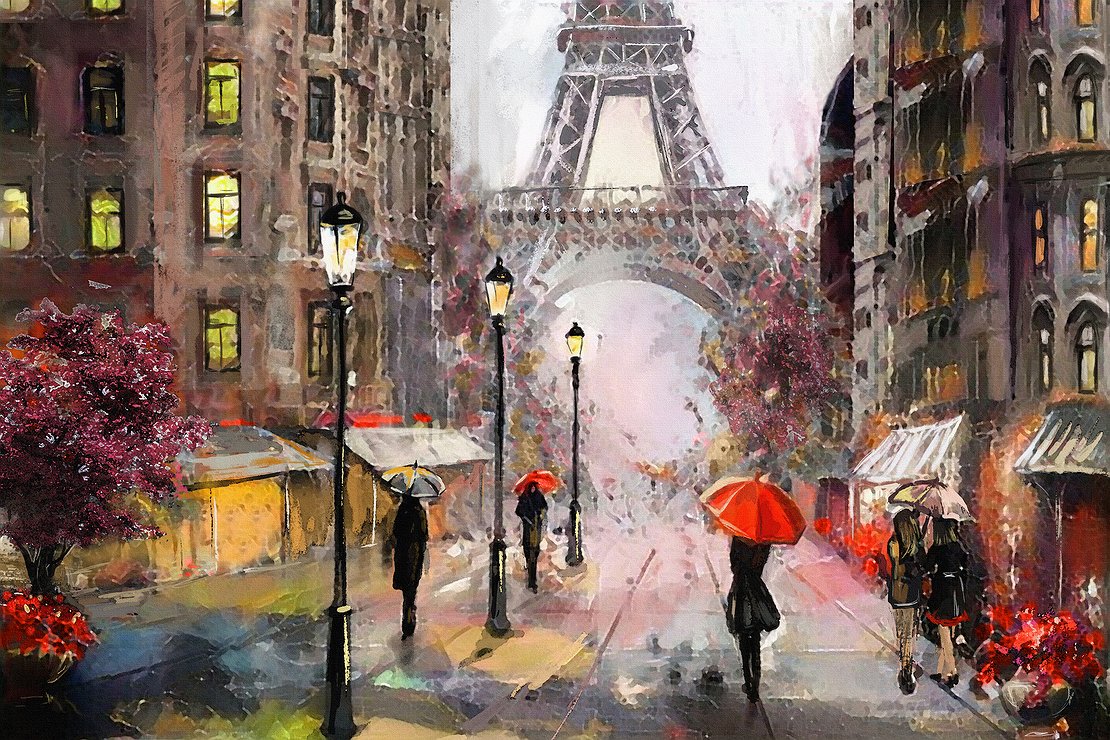
Political and media fragmentation:No Majority for Anybody
Anyone looking at the distribution of seats in the Bundestag today will find much similarity with the distribution of seats in the German Reichstag of the Weimar Republic and Imperial Germany. Graphic representations of the Bundestag today show six different colors, the black is shared by a federal party and a Bavarian regional party – as was the case during the Weimar Republic. The Reichstag in the first decade of the Weimar Republic also showed a color spectrum similar to that of the Imperial Reichstag. Neither in Imperial Germany nor in the Weimar Republic was there a decisive power in parliament.
It is an often-neglected fact that no party in Germany has ever managed to win the support of a majority of Germans in free elections. The SPD, which is after all the political arm of the labor movement, achieved its nationwide top result of 37 percent in the 1919 National Assembly elections, Hitler’s NSDAP achieved just as much in the Reichstag elections twelve years later, and despite all the violence and intimidation, not even in March 1933 did the National Socialists exceed 43 percent.
At the height of propaganda and mass mobilization, Hitler's ‘Volksgemeinschaft’ was therefore no more popular than Helmut Kohl's Christian Democrats in the first all-German elections after the re-unification in 1990. Only in 1953 did a German party achieve an absolute majority of votes, namely the Adenauer-CDU with Ludwig Erhard as its driving force, but this happened only in western Germany, which was strongly dominated by Catholics – without the Protestant areas of the Soviet occupation zone.
If you include the non-voters in this scenario, it becomes even clearer: there was, and is, no party or movement in Germany that could even begin to gain for itself the support of the majority of Germans. Not the Social Democrats, not the (classical) Liberals, not the Conservatives, not the National Socialists, not the Communists, not the Christian Democrats. All these parties and movements represented large minorities in German society, but never a majority. Under reasonably liberal and democratic conditions, no political party or movement will ever win the absolute majority in Germany.
German society has always been segmented according to denomination, class, region, city and country, between different political milieus. Berlin was never a political center to the same extent as London, Paris or Rome were. Even less so were the other political centers such as Regensburg, Frankfurt, Vienna or Bonn. Since the High Middle Ages, power in Germany has not been based on centralized rule, but on the ability to forge fragile social alliances between different regions and interests. Hereditary emperorship and the era of the big-tent ‘Volksparteien’ were historical exceptions, elective monarchy and colorful coalitions the historical normality.
Worlds separate an AfD-voting Swabian and a Baden Green-voter. However, also worlds apart are the Swabian AfD-voter and the Saxon AfD-voter or the southern German Freiburg Green voter and the northern German Bremen Green voter, the Brandenburg old SED member and the Frankfurt left-wing activist. It is no coincidence that the only periods of German history in which there was a serious attempt to commit the Germans to a great common whole were periods of totalitarian dictatorship. As a rule, the German is more interested in the tree in his garden and the cash audit in his club than in the nation and world politics.
For a long time, this segmentation of German society also corresponded to the decentralized formation of opinion and the diversified press landscape. Only with the emergence of the mass media, with the ‘Volksempfänger’ radio and the ‘Wochenschau’ cinema newsreels during Hitler’s regime, and later the public broadcasting and the five to six nationwide opinion-forming newspapers did a national public sphere emerge for the first time. This situation lasted for about 70 years, from the beginning of the 1930s until the turn of the millennium.
Before this situation, the press landscape in the Weimar Republic and in Imperial Germany consisted of hundreds of newspapers and magazines for every milieu, profession, denomination, party affiliation and region. We are returning to this state due to the Internet. Every political milieu has its blogs, Facebook and Whatsapp groups, Twitter accounts, Youtube channels, its favourite authors, its favourite enemies, its own jargon, its world view, its ‘discourse,’ its forward thinkers and commentators. The filter bubble is not an invention of the online age, but an ancient German institution.
The diversification of the German party system into six or seven parties of different ideological color, with different regional strongholds and unclear parliamentary majorities, as well as the loss of the ‘established’ media’s opinion-making monopoly, resulting in an enormous variety of information and discussion forums, is not an unfortunate exceptional state, but a return to the historical normality of Central Europe.
Translated from eigentümlich frei, where the original article was published on February 28th 2019.




